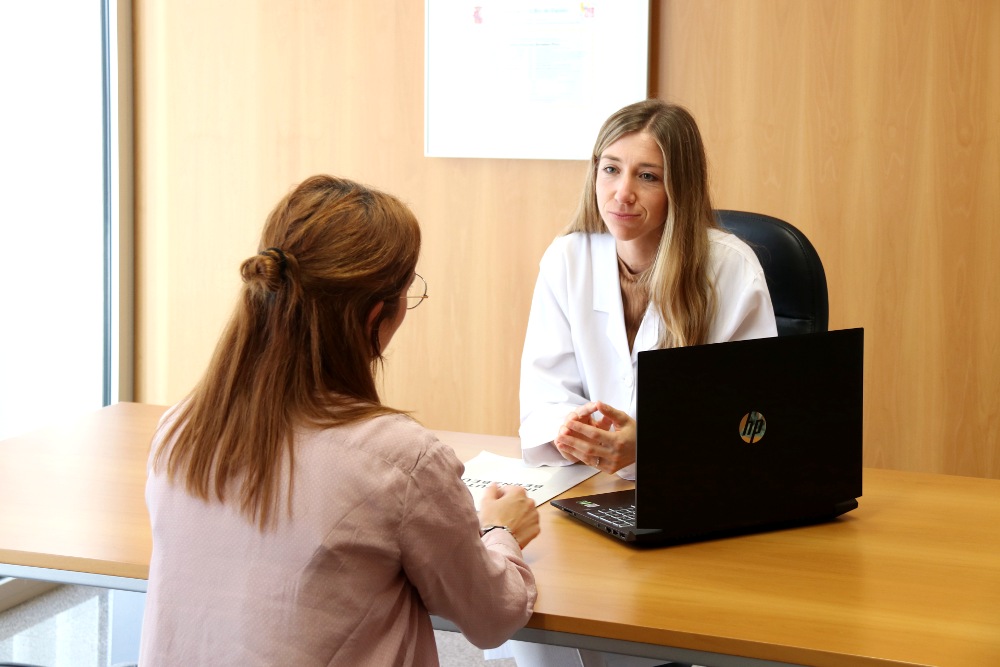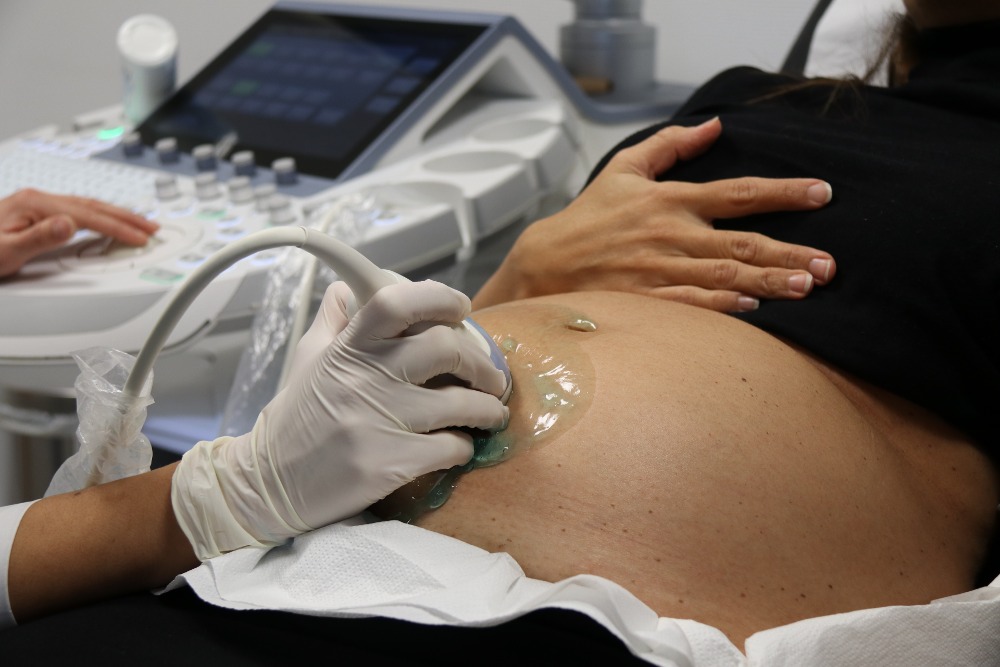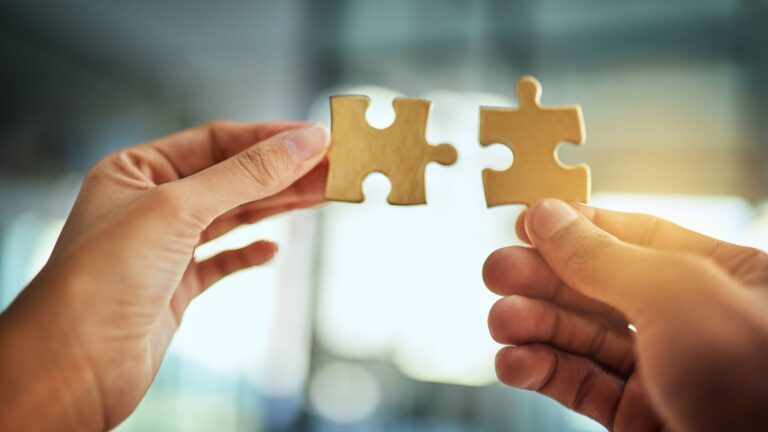The assisted reproduction process involves multiple techniques and treatments which, depending on each case, will be more or less appropriate. And the choice of the best one for each patient is up to the medical staff. In this sense, double donation has become a very valuable option in cases of couples or single people who cannot use their own gametes. This technique involves the use of donated eggs and sperm for in vitro fertilisation (IVF). Unlike other IVF techniques, where at least one of the gametes comes from the intended parents, in double donation both gametes are provided by anonymous donors.
In this type of treatment, the key to success is the expert selection of donors, always guaranteeing the process safety, physical matching with the recipient mother and obtaining oocytes and sperm of high biological quality. Once the donors have been selected, IVF is carried out, where the oocytes are fertilised in the laboratory to form embryos that will later be transferred to the uterus of the future mother.
What are the benefits of double donation?
Double gamete donation offers a number of very important benefits. Firstly, it provides a realistic chance of conception for those whose own gametes are not viable due to health or genetic problems. This includes people who have undergone medical treatments affecting their fertility, same-sex couples and single people.
In addition, the gestation rate is much higher, reducing miscarriages and implantation failures, since both the egg and the sperm come from young donors who have undergone an exhaustive selection process.
High success rates with double donation
At Instituto Bernabeu, the positive pregnancy rate in this type of treatment is over 92%.
Dr Begoña Alcaraz, gynaecologist specialised in reproductive medicine at Instituto Bernabeu, says
“Our donor bank has been working for more than 30 years to meet the needs of patients from all over the world.”
These rigorous donor selection controls allow more than 3,000 genetic diseases to be ruled out. In addition, each candidate undergoes a psychological assessment and an evaluation of their general and reproductive health, as well as their family history, which helps to significantly reduce the possibility of miscarriage or genetic abnormalities in the embryo.
At Instituto Bernabeu, not only do they comply with the requirements established by law, but they also offer additional controls in order to guarantee the best possible quality in donations.
Who is double donation aimed at?
Double gamete donation is aimed at a wide range of individuals and couples who face difficulties in conceiving naturally. This includes:
- Heterosexual couples with fertility problems related to eggs or sperm.
- Same-sex couples who wish to have biological children.
- Single people who wish to start a family on their own.
- Those who have undergone medical treatments that have affected their fertility, such as chemotherapy or radiotherapy.
How long does the double donation treatment last?
The double gamete donation treatment lasts approximately 6 to 8 weeks. This is the time needed to select the most suitable donors and prepare the ovarian stimulation cycle. After oocyte collection, in vitro fertilization is carried out with the donor’s sperm.
When embryos have reached the blastocyst stage, they are transferred to the recipient patient and the not transferred embryos are frozen by vitrification. To perform the pregnancy test, we must wait between 8 and 10 days after the transfer.
Real experiences
Raquel (39) and Pablo (35) had been trying to conceive for a year, but it never happened. Raquel had undergone surgery for severe endometriosis, which led to low ovarian reserve, and Pablo is a carrier of a genetic disease affecting sperm production. The medical team at Instituto Bernabeu concluded that, in this case, double gamete donation could be the most appropriate technique.
Raquel became pregnant in the first embryo transfer and, at the moment of writing this article, they have four vitrified embryos in case they wish to expand their family in the future.
Raquel and Pablo say:
We had never thought that something like this could happen to us when we decided to become parents. We are immensely grateful to both the donors and the team at the clinic, as together they have made it possible for us to fulfil our dream.
Meanwhile, María (43) and Carmen (46) came to Instituto Bernabeu with the aim of becoming mothers. At first, they tried with Maria’s eggs, but her oocytes were of poor quality. Therefore, they had to resort to egg donation and achieved a pregnancy in the second transfer. “We will always remember the moment when we were told we were going to be mothers. It was one of the happiest moments of our lives,” they explain.
Emotional care during the double donation process
Instituto Bernabeu has incorporated, as part of the fertility treatment, an emotional support service. Emotions and feelings are a key part of the search for pregnancy, and with this emotional support, patients can learn more about the process they are about to begin and prepare themselves to face it.
As for doubts about the genetic link between the mother-to-be and her baby, experts at Instituto Bernabeu point out that the lifestyle and habits of the mother-to-be will influence her child’s epigenetic markers. Hence, the gestating mother also has an impact on the development of her future baby, modulating some of its genetic expressions, so that the pregnant mother contributes significantly to the development of her offspring.
New reproductive needs
Delayed childbearing age is one of the main factors contributing to the growing demand for fertility treatment. More and more women are choosing to postpone childbearing for a wide variety of reasons, from the desire to establish themselves professionally to finding the right partner or simply for personal preferences.
However, this delay can have significant implications for fertility. As women age, the quality and quantity of their eggs decline, which can make it more difficult to conceive naturally and increase the likelihood of infertility or miscarriage. In addition, the risk of complications during pregnancy and childbirth also increases with advancing maternal age.
Faced with this reality, many people need alternatives to overcome reproductive difficulties and fulfil their desire to have children.
Dr Begoña Alcaraz explains:
“There are many treatments, and the most appropriate one will depend on each case, each couple and the needs they show in consultation. That is why it is important to carry out a personalised study that allows us to offer the best treatment for each patient.”

Lower birth rate
In Spain, as in many other developed countries, there has been a worrying trend towards declining birth rates in recent years. According to data from the National Statistics Institute (INE in Spanish), the fertility rate in Spain has declined steadily since the 1970s, reaching its lowest point in recent years.
In this sense, the latest INE statistics on births in Spain during 2023 show that only 322,075 children were born in the whole of last year, the worst figure since the INE’s historical series began in 1941 and a fall of 24.1% in the last decade. Also striking is the increase in the average age at which women have children since, as the Instituto Bernabeu team warns, 40.2% of registered births are to mothers over the age of 35, an age marked as the limit of fertility, since after that age the chances of conceiving decrease significantly for women.
This context means that more and more Spanish couples are having problems having children (around 20%) and assisted fertility clinics are dealing with a higher volume of cases. Currently, 1 in 6 children in the world are born through assisted reproduction and, in women over 41 years of age, 50% of births are through egg donation. The average age of patients attending Instituto Bernabeu’s clinics has been increasing over the last 40 years and is now 39.6 years old. If we take into account those who need to resort to egg donation, the age exceeds 42.2.
However, this birth crisis is also influenced by the fact that both sperm quality and sperm concentration have fallen dramatically by 51% worldwide. The rate of decline is enormous: since 1973 sperm concentration has fallen at an annual rate of 1.16% and, at the turn of the century, at a rate of 2.64%.
New oocytes cryopreservation unit
Instituto Bernabeu has created a new Specialised Oocyte Cryopreservation Unit, which will allow the implementation of the most innovative techniques, with new ovarian stimulation guidelines and more comfortable treatments with fewer adverse effects, as well as scientifically promoting multidisciplinary research in this field.
Oocyte cryopreservation has become an essential tool for thousands of women who decide to postpone the moment of becoming mothers and, therefore, need to plan their reproductive project. Egg freezing has mainly ensured that the chances of success of a treatment in the future are the same as they would be if the treatment were carried out today, if we are talking exclusively about oocyte quality.
The average age at which Spanish women have their first child continues to rise, currently exceeding the age of 32.6 (in 2010 the age was 29.8), with the added difficulties this can generate for female fertility. Moreover, the number of children born in Spain is falling progressively, with the number of children per woman falling from 1.37 to 1.19 between 2010 and 2021.
If you are looking for more reliable information on double donation in Spain, we recommend you contact an expert, Dr Begoña Alcaraz and book a consultation to see how the team of Specialised Oocyte Cryopreservation Unit at Instituto Bernabeu can help you create a family using donor gametes.
You Might Be Interested In
IVF Double Donation: Using Donor Eggs and Sperm
Table of Contents
- 1 What are the benefits of double donation?
- 2 High success rates with double donation
- 3 Who is double donation aimed at?
- 4 How long does the double donation treatment last?
- 5 Real experiences
- 6 Emotional care during the double donation process
- 7 New reproductive needs
- 8 Lower birth rate
- 9 New oocytes cryopreservation unit





